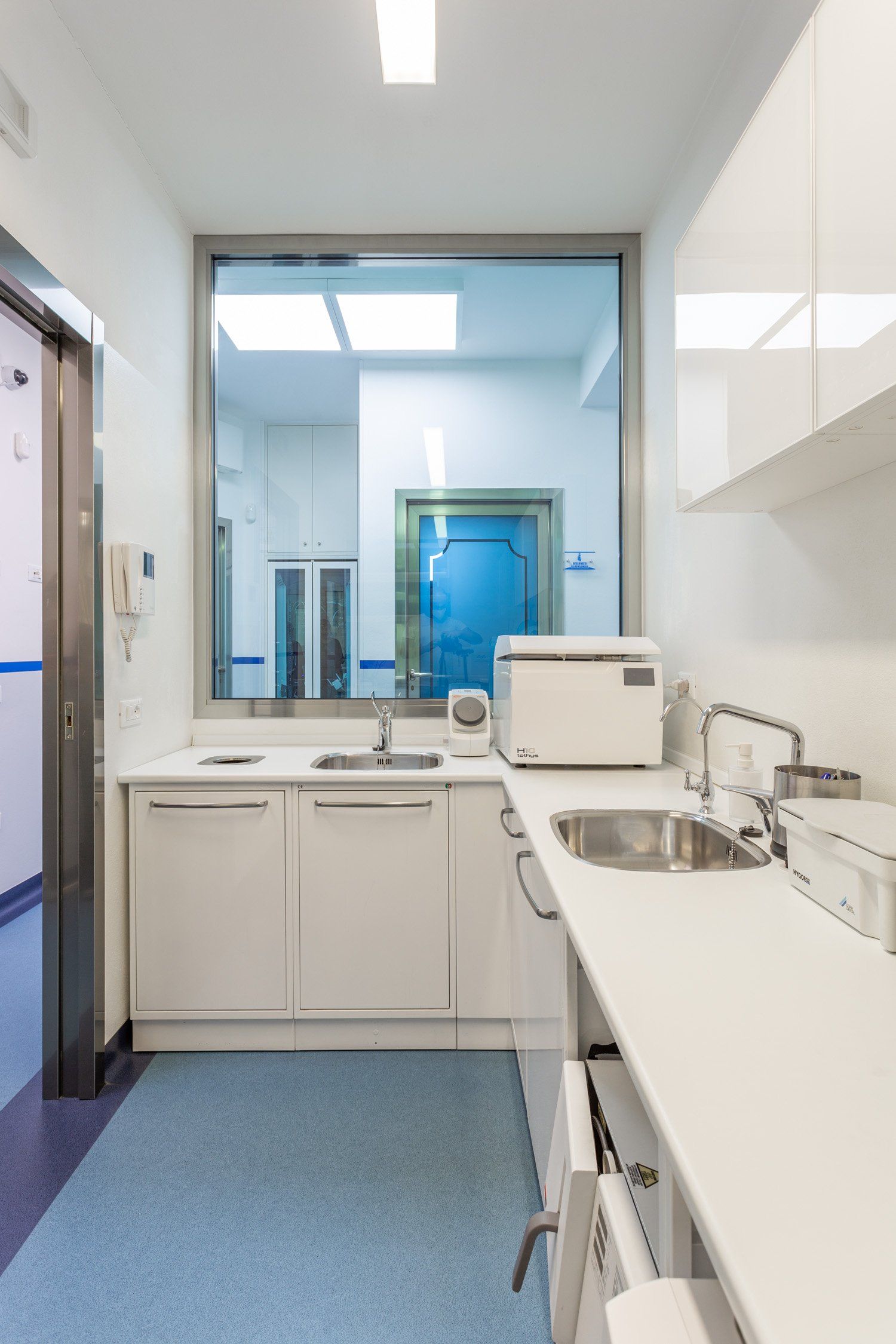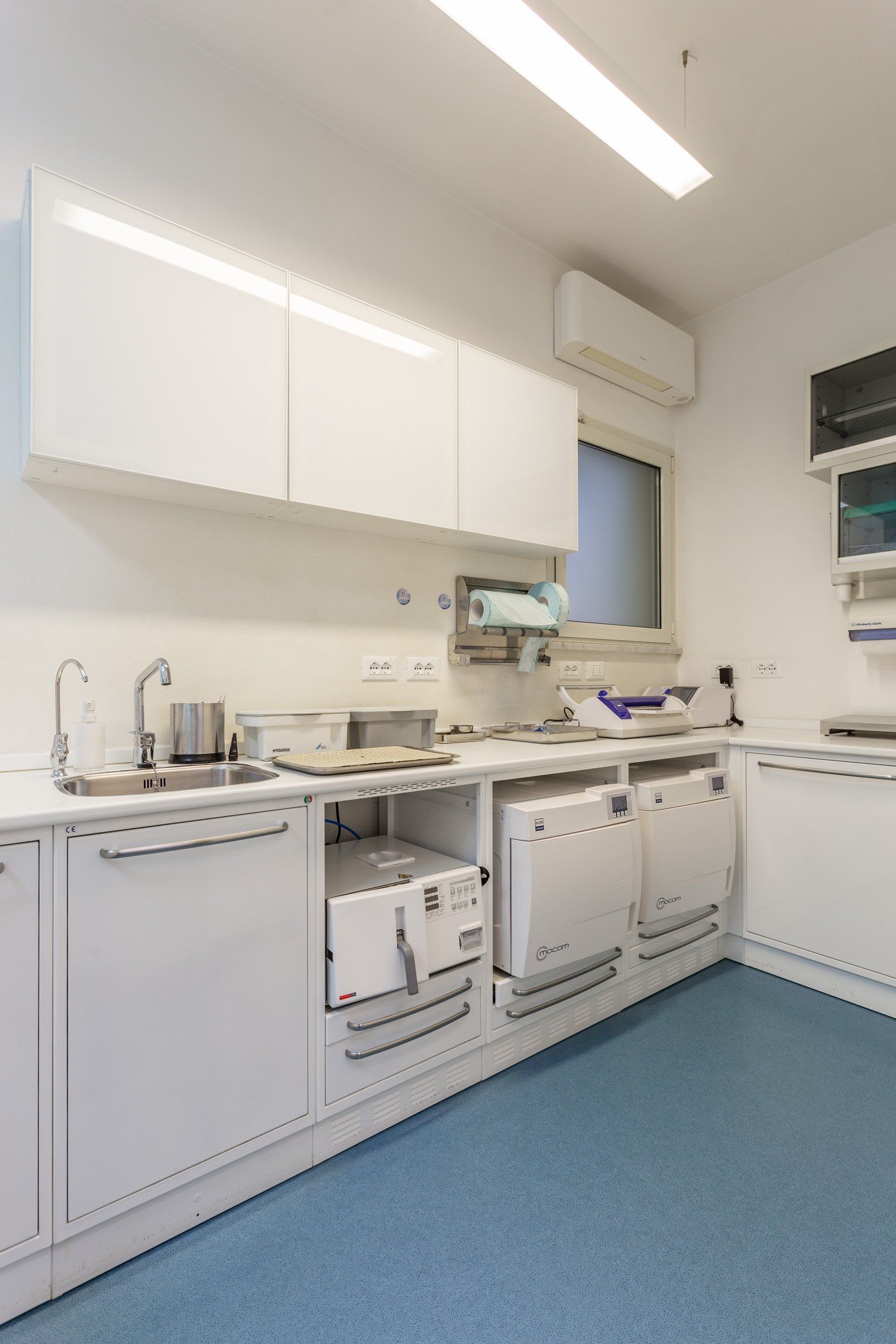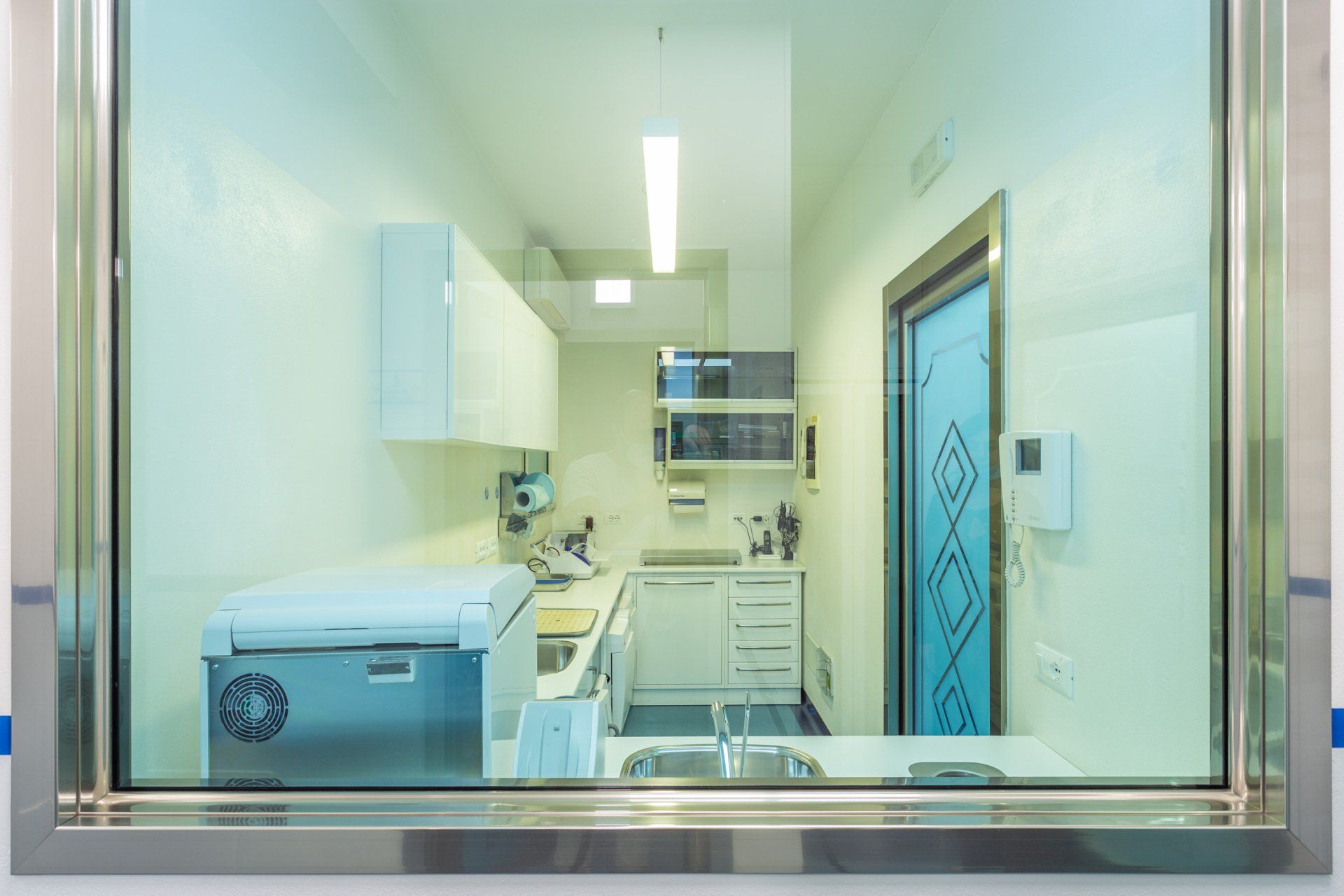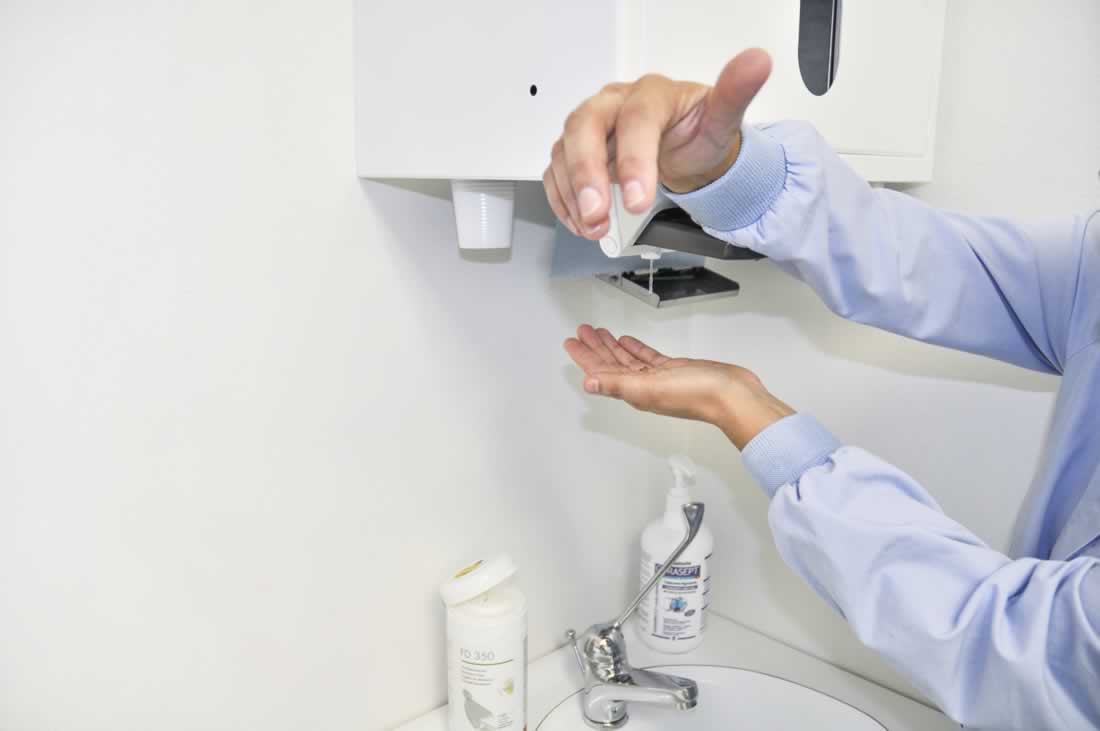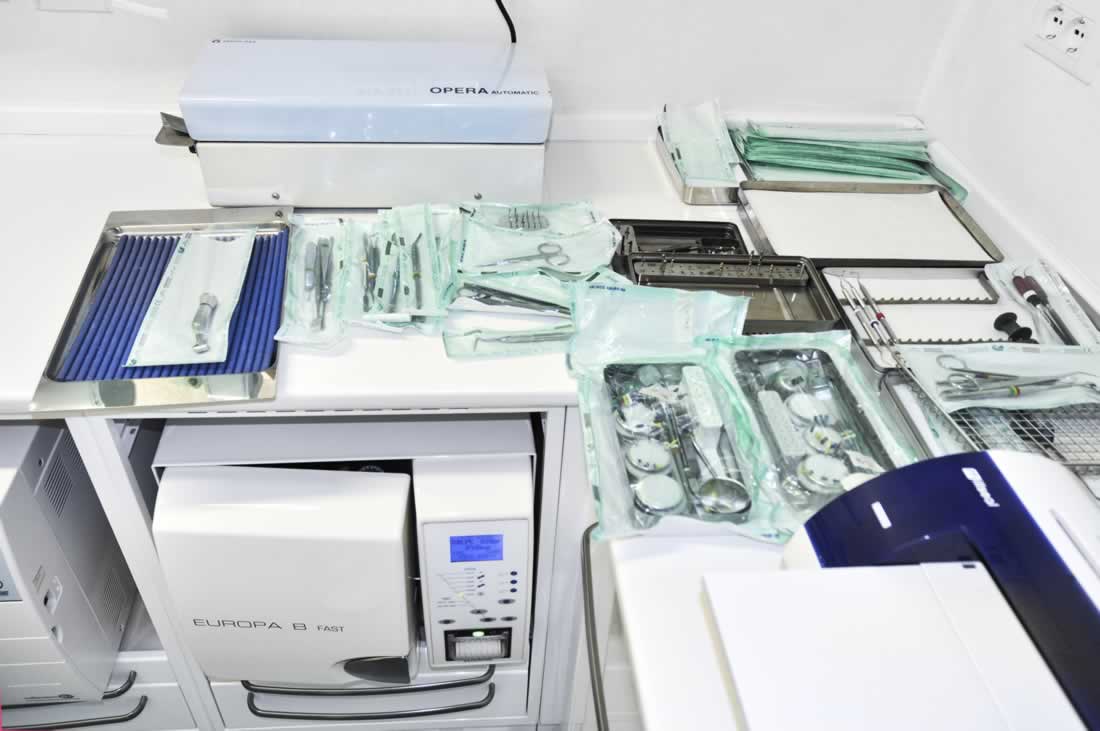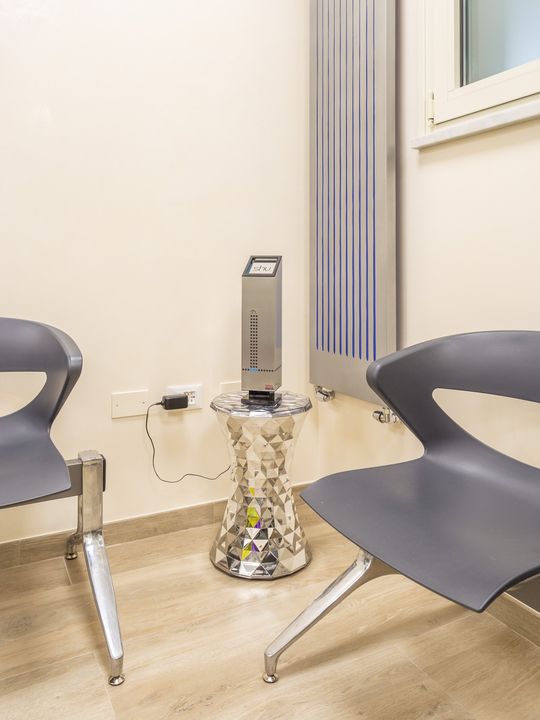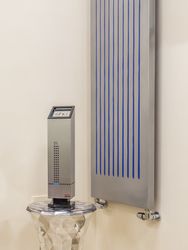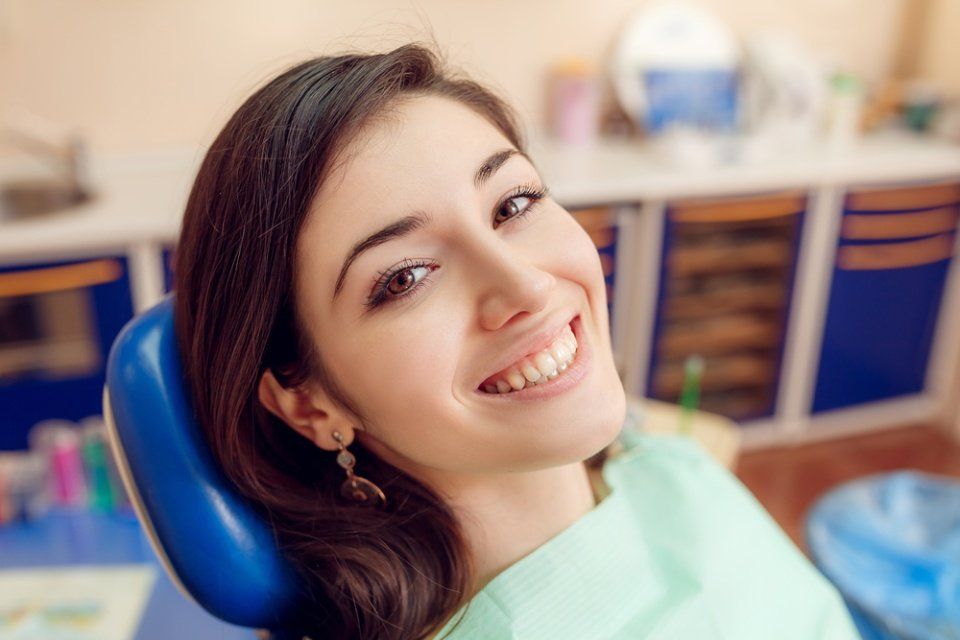Hygiene and sterility are the watchwords at Versilia Dental Institute.
Caring for the needs of each patient with passion and commitment: this is what we all expect from a healthcare professional, and even more so from a dentist. Therefore, if you are looking for a place where the future is already present, where cutting-edge techniques are part of daily routine, and where patient consideration is genuinely a top priority, then look no further than the Versilia Dental Institute run by Dr Francesco Ciucci, just a stone's throw from the centre of Forte dei Marmi.
The Institute represents the most modern and rigorous facility in Italy in terms of adopting protocols for the sanitisation of operating environments and sterilisation of instruments. "For us, it is crucial that every clinical action on the patient, from the visit to the procedures, is carried out in adherence to strict guidelines to minimise risks," explains Dr Ciucci, the founder and head of the facility. "That is why I have also sought the advice of an infection specialist, Dr Antonella Vincenti."
In addition to the dental hygiene room, with a dedicated hygienist, we have the operating rooms (equipped with air purifiers), one for check-ups and fillings, a surgical room for major procedures, where two assistants work and where we conduct strict intraoperative monitoring, and a room for prosthetic management, featuring a laboratory bench that allows us to prepare prosthetics on the spot if necessary.
But the pride of the facility is undoubtedly the instrument sterilisation room, with three bespoke machines, where the material, traceable, is each time sealed in sterile kits. Of significant importance is also the use of the operating microscope, which, due to its strong magnification capabilities, enables long-lasting interventions, prevents recurrences, and allows for thorough prevention by addressing even the slightest imperfections in the tooth before they become serious issues (T.C.). Additionally, to reduce the introduction of dirt carried by footwear, each patient is given shoe covers during their brief wait in the waiting room, which also has an air purifier. A crucial part of every clinical procedure at Versilia Dental Institute is washing hands not just with soap but using specific disinfectants.
Each patient can see the care we take in managing sterility and the sterilisation of every instrument they will come into contact with. The area dedicated to instrument sterilisation, the sterilisation room, is visible, so patients can see it as they walk down the corridor. Moreover, the Institute uses a sterilisation log and a reference code for the sterilisation of instruments used in each individual treatment for greater meticulousness.
Protocols for preparing environments
The practice is disinfected with bactericidal, fungicidal, tuberculocidal, and virucidal solutions.
Every surface that is touched is covered with disposable protections which are removed at the end of each session, the area is disinfected, and new protections are put in place.
Rotating instruments such as drills are used for single treatments and then sterilised and sealed; indeed, we have numerous drills that allow us to always have them ready, sealed, and sterile. Drill covers are also replaced after each treatment. All instruments used are sealed and sterile.
Path of used instruments and sterilisation room
As previously mentioned, at the end of each session, the assistant removes all used or touched instruments and takes them to a designated room for the disinfection and sterilisation procedure, known as the sterilisation room. The practice is then sanitised and disinfected as described.
The sterilisation room is divided into three zones:
- Zone for infected instruments;
- Zone for disinfection;
- Sterile zone.
By maintaining this order, sterile instruments follow a path ensuring that clean instruments never come into contact with infected ones.
Resources of materials, equipment, and personnel
To ensure the use of sterile instruments, it is essential first to have a sufficient number of tools and assistants to manage proper sterilisation processes and studio management.
The clinical path
We believe that meticulous management of disinfection and sterilisation is crucial for patient safety. Generally, patients trust healthcare providers but do not see how these processes are carried out.
Meticulousness and safety
We wish to emphasise that we maintain a sterilisation log available to every patient. For each procedure, the sterilisation code for the instruments used is recorded in the patient’s clinical file.
Air purification
The Versilia Dental Insitute is equipped with air purifiers that filter and disinfect the air, capable of eliminating all types of bacteria and viruses.
SHU PDF - COVID-19 Prevention
The air purifier is a tower model, suitable for small spaces, childcare facilities, residential areas, clinics, and other areas with a low number of occupants.
The dental institute provides this technology to its patients to ensure safety and peace of mind.
Air purification benefits for allergy sufferers
Respiratory allergies (such as bronchial asthma and allergic rhinitis) are the most common forms of allergic disease. Recent statistical studies show that these conditions account for at least 75% of all clinically manifest allergic diseases and are on the rise.
In cases of respiratory allergies from dust mites or other environmental allergens, it is not possible to eliminate exposure to the responsible allergens. To significantly reduce symptoms, it is advisable to improve the hygienic conditions of the environment.
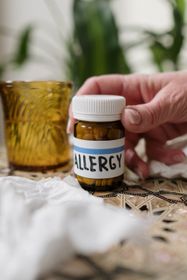
The Versilia Dental Institute has implemented the use of completely latex-free devices for patients with latex allergies.
Specific latex-free devices provided for patients with this allergy include: latex-free gloves used during initial visits and treatments; latex-free rubber dam, used in most dental treatments to maintain a sterile field, as saliva and contact with the oral cavity are filled with bacterial strains.




